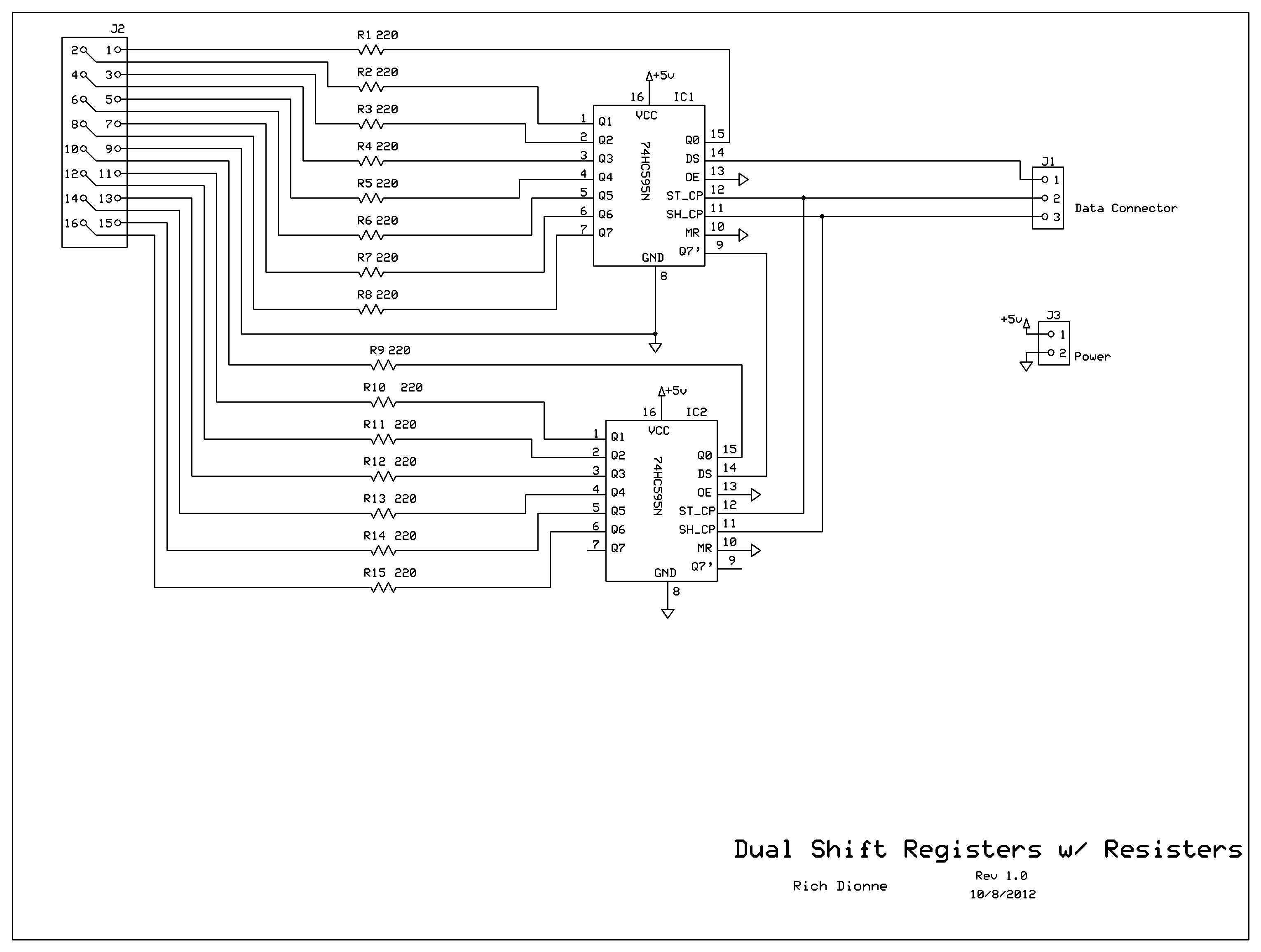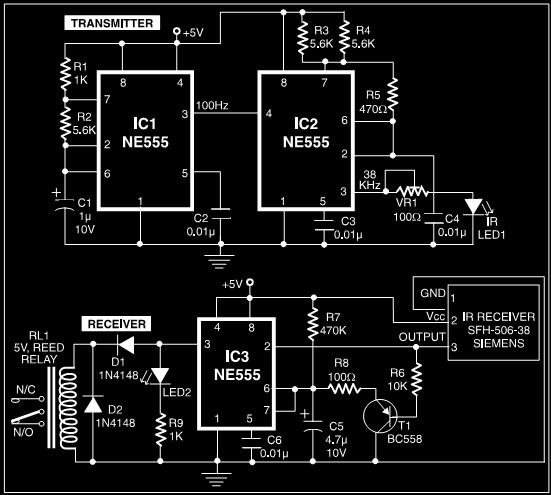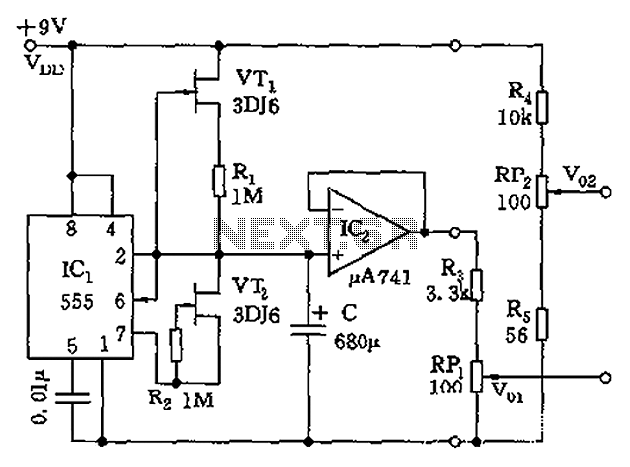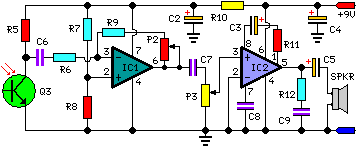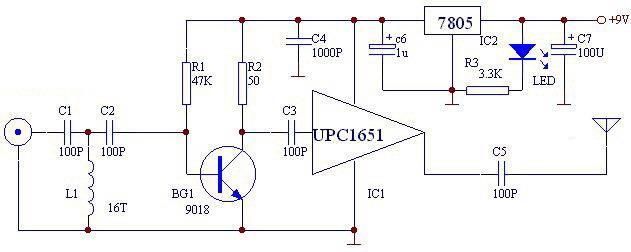
make yourself this low cost rfid access control circuit at home
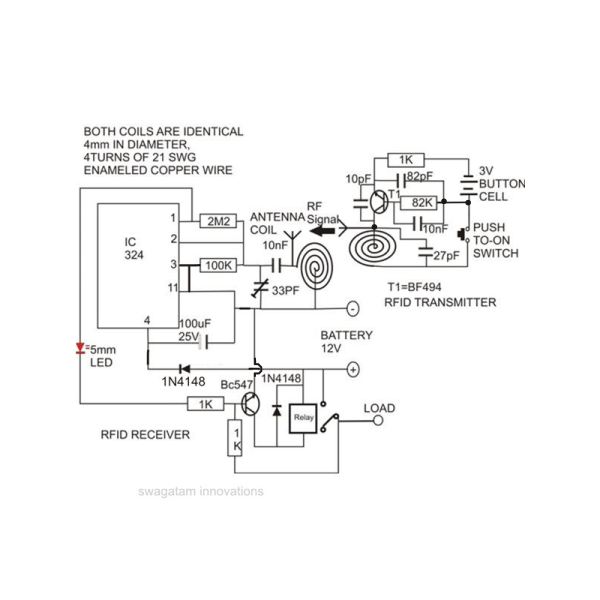
Constructing an RFID access control circuit at home and witnessing its functionality can be a remarkable experience. While the circuit may not be considered high-tech, its low cost combined with the satisfactory results achieved demonstrates a significant level of efficiency.
The RFID access control circuit typically consists of several key components: an RFID reader, RFID tags, a microcontroller, and a relay module. The RFID reader is responsible for detecting the RFID tags, which contain unique identifiers. Upon scanning an authorized tag, the reader sends a signal to the microcontroller, which processes the data and determines whether access should be granted or denied.
The microcontroller serves as the brain of the circuit, executing the programmed logic to compare the scanned tag's ID against a database of authorized IDs. If a match is found, the microcontroller activates the relay module, which can control an electronic lock or gate mechanism, allowing access. Conversely, if the tag is unauthorized, the relay remains inactive, preventing entry.
Power supply considerations are also crucial; the circuit typically requires a stable power source to ensure reliable operation. Additionally, incorporating status LEDs can provide visual feedback, indicating whether access has been granted or denied.
For enhanced security, the circuit can be expanded with features such as an alarm system or a logging mechanism to track access attempts. Overall, the RFID access control circuit stands as an efficient and cost-effective solution for managing access control in various applications.Building a RFID access control circuit at home and seeing it actually work can be truly an amazing experience. Although the circuit is not a hi-tech one, but comparing its low cost with the fairly good results obtained simply proves its high degree of efficiency..
🔗 External reference
The RFID access control circuit typically consists of several key components: an RFID reader, RFID tags, a microcontroller, and a relay module. The RFID reader is responsible for detecting the RFID tags, which contain unique identifiers. Upon scanning an authorized tag, the reader sends a signal to the microcontroller, which processes the data and determines whether access should be granted or denied.
The microcontroller serves as the brain of the circuit, executing the programmed logic to compare the scanned tag's ID against a database of authorized IDs. If a match is found, the microcontroller activates the relay module, which can control an electronic lock or gate mechanism, allowing access. Conversely, if the tag is unauthorized, the relay remains inactive, preventing entry.
Power supply considerations are also crucial; the circuit typically requires a stable power source to ensure reliable operation. Additionally, incorporating status LEDs can provide visual feedback, indicating whether access has been granted or denied.
For enhanced security, the circuit can be expanded with features such as an alarm system or a logging mechanism to track access attempts. Overall, the RFID access control circuit stands as an efficient and cost-effective solution for managing access control in various applications.Building a RFID access control circuit at home and seeing it actually work can be truly an amazing experience. Although the circuit is not a hi-tech one, but comparing its low cost with the fairly good results obtained simply proves its high degree of efficiency..
🔗 External reference
Warning: include(partials/cookie-banner.php): Failed to open stream: Permission denied in /var/www/html/nextgr/view-circuit.php on line 713
Warning: include(): Failed opening 'partials/cookie-banner.php' for inclusion (include_path='.:/usr/share/php') in /var/www/html/nextgr/view-circuit.php on line 713
